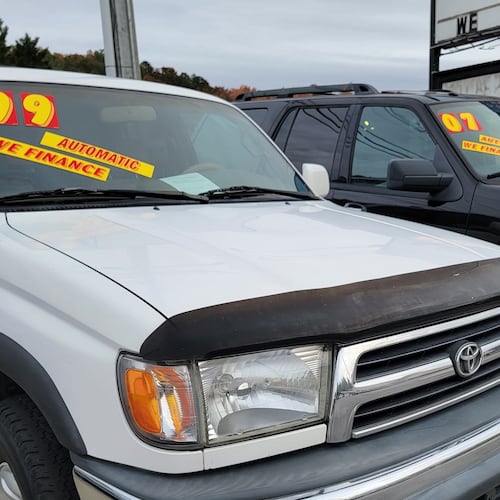New technology at Hartsfield-Jackson is aimed at making it easier for travelers to get through the security checkpoint in the international terminal.
In two of the eight lanes at the international terminal security checkpoint for departing passengers, there are now CT (computed tomography) machines to screen carry-on bags using 3D imagery. That allows travelers to keep their laptops, iPads and quart-sized bags of permitted liquids in the carry-ons that go through screening, instead of having to remove those items and place them in the bin.
When announcing plans to roll out the new machines, Transportation Security Administration administrator David Pekoske said the technology “substantially improves TSA’s detection capability at the checkpoint.”
Hartsfield-Jackson was not part of the initial rollout last year. TSA installed the new CT machines after the Super Bowl in Atlanta, which brought records crowds through the airport.
The installation was completed in the spring, and Hartsfield-Jackson is now one of more than 15 airports around the country with the machines. Right now, they are used only at the international terminal, and not at the Atlanta airport's domestic terminal security checkpoints.
The lanes with the CT machines are also smart lanes that have four stations for passengers to load their carry-ons into bins.
The two new second-generation smart lanes, which are paid for by Delta Air Lines, also address some of the issues that have frustrated frequent travelers who use the smart lanes at the domestic terminal.
At the stations for passengers to load their carry-ons into bins, there are indicator lights below that show when a station is available.
After filling a bin, a traveler can immediately push it forward. The bin sits in a middle track, where it is automatically queued onto the conveyor belt. That reduces the need for travelers to jockey for a spot to push their bin onto the moving conveyor belt.
At the end of screening, travelers can leave their empty bins on the belt instead of having to stack them at the end. The conveyor belt automatically drops each empty bin onto a stack that is routed back to the start of screening to be reused.
Delta’s senior vice president of airport customer service Gareth Joyce said in a written statement that making the investments to speed up the security process is part of its efforts to “help reduce customers’ stress.”
TSA has CT technology at checkpoints at the following airports:
Hartsfield-Jackson Atlanta International Airport (ATL)
Baltimore-Washington International Airport (BWI)
Chicago O’Hare International Airport (ORD)
Cincinnati/Northern Kentucky International Airport (CVG)
Detroit Metropolitan Wayne County Airport (DTW)
Houston Hobby Airport (HOU)
Indianapolis International Airport (IND)
John F. Kennedy International Airport (JFK)
Logan International Airport (BOS)
Los Angeles International Airport (LAX)
Oakland International Airport (OAK)
Phoenix Sky Harbor International Airport (PHX)
Ronald Reagan Washington National Airport (DCA)
St. Louis Lambert International Airport (STL)
Tampa International Airport (TPA)
Washington-Dulles International Airport (IAD)
Source: TSA
About the Author
Keep Reading
The Latest
Featured





